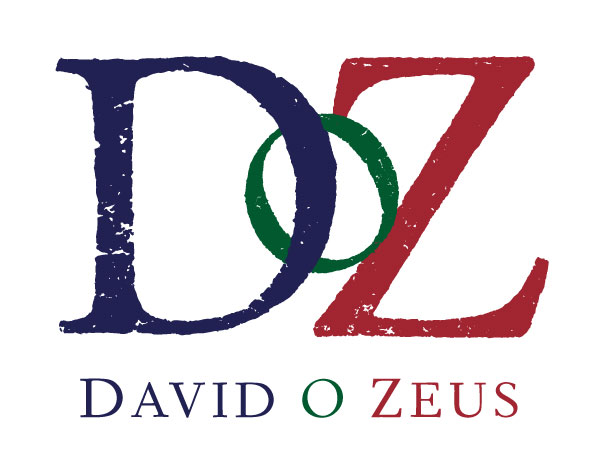Industry Observation: I have been considering the (self-)publication of a few upcoming books including 'Collected Stories 2017' and 'Nigel' and have been considering options. Often the talk in self-publication circles is of the efficiency and reach of the e-book. It is the future, they say. I beg to differ. I think the e-book serves a purpose but the physical book will always hold sway for me. Most internet-savvy people already spend a lot of time looking at screens, most often for work. The joy of looking at the paper-printed word will never pass. More importantly, technology moves on and the e-book file in 2016 might not 'open' in 2020. Software companies regularly upgrade software and Operating Systems and, before you know it, your story might be lost. I already have video editing files that cannot be opened by the updated software version a handful of years afterwards. Finally, built-in copyright features mean not only can e-books be prevented from being shared, but sometimes the content is leased to the buyer and can be withdrawn (or fail) at any time. So, if the electronically self-published writer is not careful his or her story might not be found (or rather rediscovered) on the equivalent of a dusty bookshelf, in a box in the attic or in the second-hand bookshop but lost to the e-dust of time in the tens of months. So that is why The Legend of Muam Tam Say will find itself in the traditional printed form before long so that it can be discovered in a hundred years in some forgotten attic.
Promotion: Which, funnily enough, is what 'The Legend of Muam Tam Say' is all about! Hurrah. The short story is the 'publication' of an updated extract from the travel diary of young army officer on the eve of the First World War in 1914. The story begins with a Foreword written by the grandson of the soldier and relates the memories of a young boy listening to his grandfather's encounter with the Muam Tam Say in Tibet. The story then moves on to the extract of the diary itself and the wonderment felt by the young soldier on seeing the spectacle across a green Tibetan valley not far from the Yarlung River, before seeing (and even touching) the natural wonder itself. The soldier spends the night beside the Muam Tam Say and dreams a peculiar but marvellous dream before waking to witness the loss of the wonder. No image or other written record exists of the phenomenon; the old diary is the only record. What is the Muam Tam Say? Well, you'll just have to read and see.
Reading Recommendation: Hiroshima, by John Hersey (Penguin Modern Classics) is re-print of an account (first published in the New Yorker in 1946) in the days (and weeks) following the dropping of the atomic bomb on 6 August 1945. Told through the experiences of six survivors which killed 100,000 people, the 196 page book is a vivid account of what it was like to be on the ground on that terrible day. The re-print includes an additional chapter updating the reader on the six characters in the decades following the harrowing events. It is a sobering read and, I would argue, a must for the average man or woman. The saying goes 'everybody thinks their own suffering the greatest', but one really needs to read something like this to put into perspective one's own ambitions, hopes, plans. To think a 'noiseless flash' can be a life-defining event for an average citizen going about their own business at 8.15 one sunny morning is desperately sad and deeply humbling. The youngsters today don't know how lucky they are...
